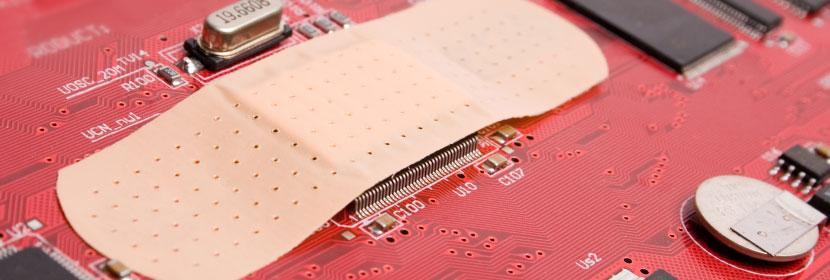The challenges of actively managing information security are growing, and every business, regardless of size, should pro-actively protect their systems and the data held within. But how do customers know that your information security practices are fit for purpose?
Even the best intentions do not guarantee sound security practices for businesses. The only way for customers to judge the internal processes of your business is by checking for accreditation such as ISO 27001. In fact, 71% of respondents to a 2016 survey by IT Governance Ltd said that they had fielded a question about ISO 27001 accreditation.









